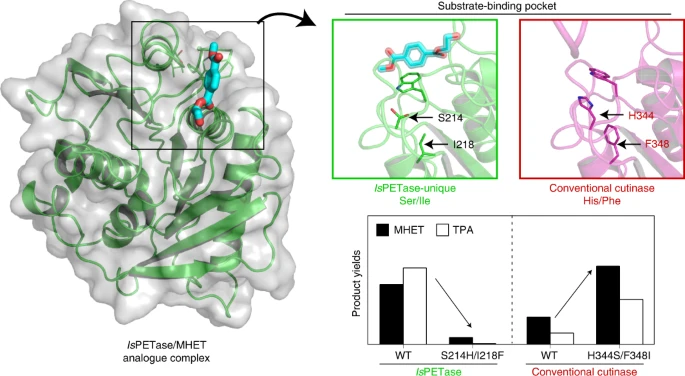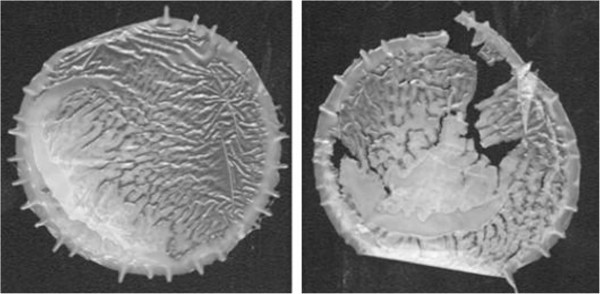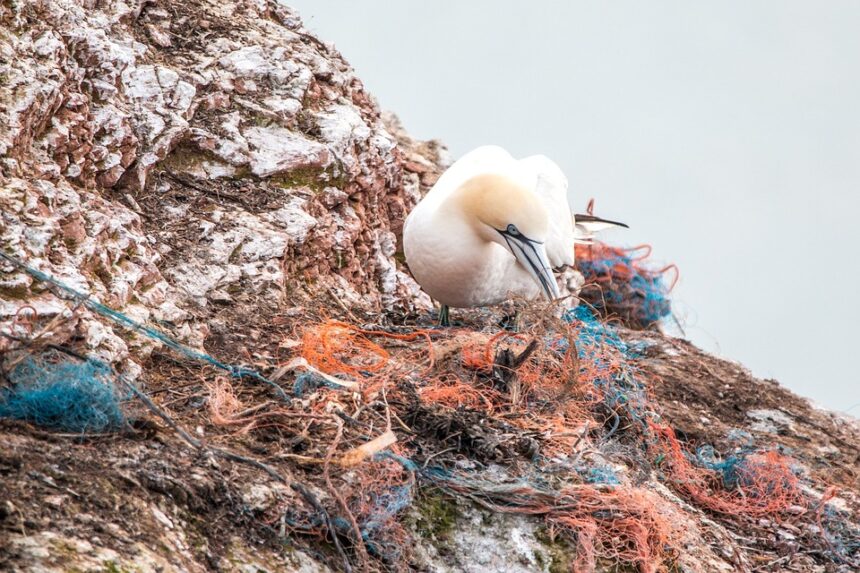Biodegradation of plastics involves the breakdown of plastic by different types of microorganisms, including bacteria and fungi, into natural forms of matter like water, carbon dioxide, methane, and biomass. This process can vary significantly depending on the type of plastic and environmental conditions. Here are some different methods of biodegrading plastics:

1. Microbial Degradation

Microorganisms, like bacteria and fungi, have the potential to degrading certain types of plastics. They secrete enzymes that can break down into different types of polymer chains into smaller molecules, which can then be metabolized by the microorganisms. For example:
- Polylactic Acid (PLA) -Polylactic acid is a polyester made from renewable biomass, and it is made with two possible monomers: lactic acid and lactide.
- polyhydroxyalkanoates (PHAs) – it is biodegradable polyesters that are synthesized by microorganisms
2.Enzymatic Degradation

- PETase and MHETase-These are recently discovered bacterial enzymes that specifically degrade PET, which used in bottles.
- Lipases-Enzyme that is used for plastic degradation.
3.Photodegradation

Polymer film before and after exposure to UV light.
www.ncbi.nlm.nih.gov
While not a biological process, photodegradation involves the breakdown of plastics by ultraviolet (UV) light from the sun. This process can fragment the plastic into smaller pieces, which can then be more easily biodegraded by microorganisms.
3.Thermophilic Composting
Some plastics can biodegrade more effectively at higher temperatures. Thermophilic composting involves maintaining compost at elevated temperatures, which can accelerate the biodegradation of certain bioplastics like PLA.
4.Anaerobic Digestion
In anaerobic environments (without oxygen), some plastics can be broken down by anaerobic bacteria, producing methane and other gases. This method is particularly useful for biodegradable plastics designed for such conditions.
5.Bioaugmentation
This involves adding specific strains of microorganisms or enzymes to environments where plastic waste is present. The goal is to enhance the biodegradation process by introducing organisms that are particularly efficient at breaking down certain types of plastics.
6.Chemical and Mechanical Pretreatment
Pretreating plastics with chemicals (e.g., acids, alkalis) or mechanical processes (e.g., grinding, UV exposure) can enhance biodegradation by making the polymer chains more accessible to microbial attack.
